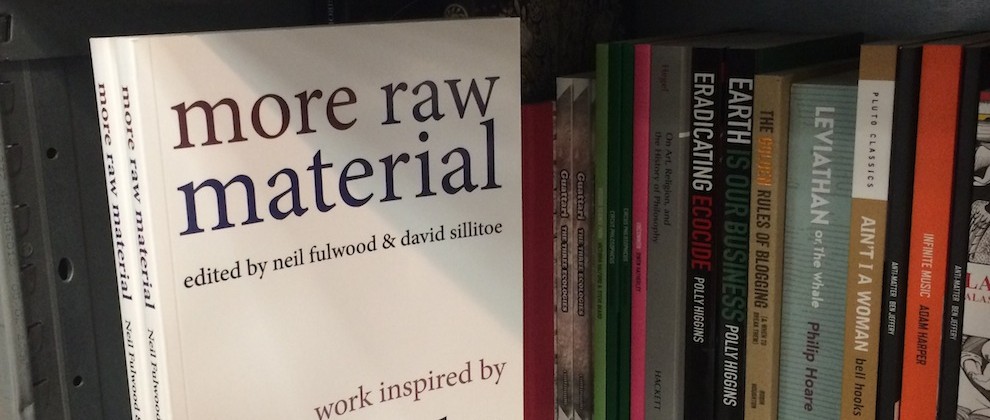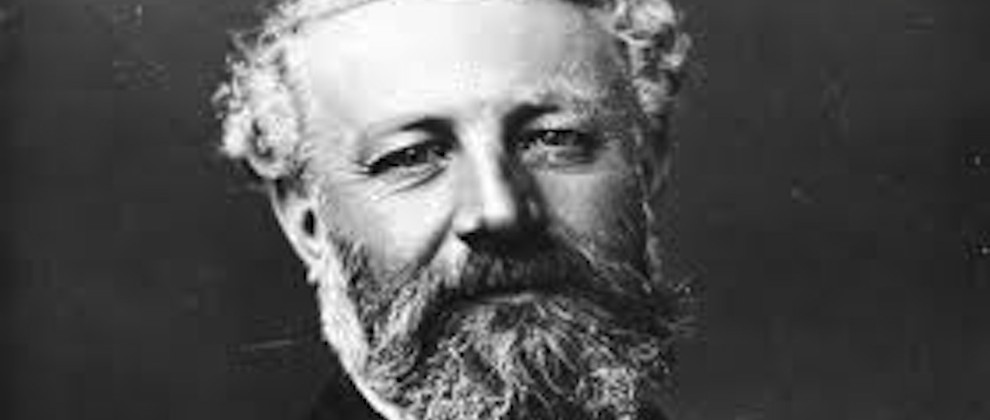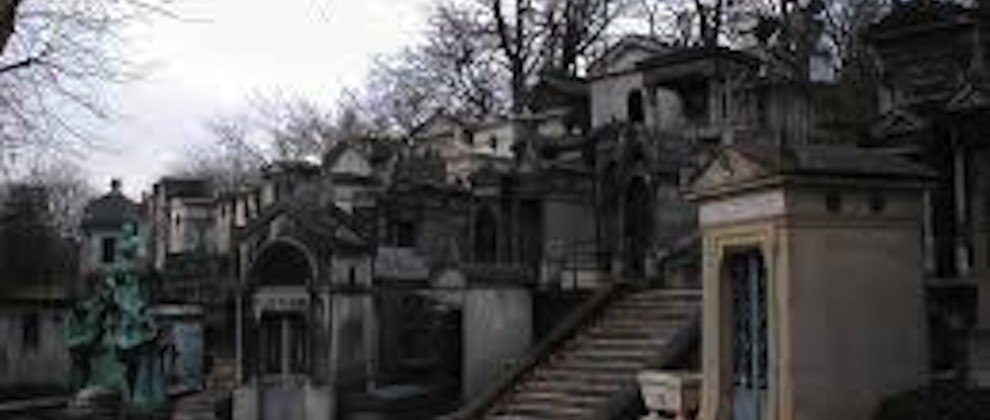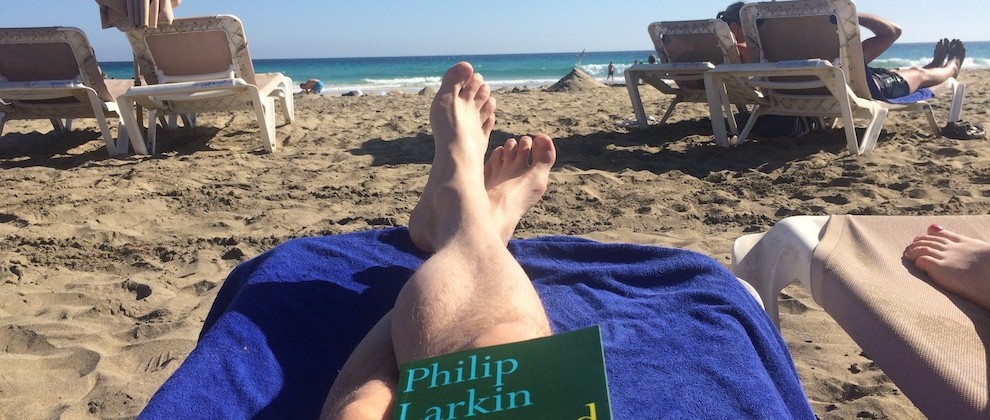The British Midlands is the unlikely setting for a new cultural revolution.
The formerly industrial cities of Nottingham, Leicester and Derby have been slowly re-inventing themselves in recent years with the opening of boutique hotels and chic eateries.
The cultural renaissance comes full circle this year with a triumvirate of new arts hubs to showcase the burgeoning Midlands arts scene.
Derby’s QUAD, the first to open, combines gallery spaces, two independent cinema screens and multi-media facilities.
In April it plays host to the Format’09 International Photography Festival, featuring works by David Lynch and Cindy Sherman.
Leicester’s Curve opened late 2008 and features an innovative ‘inside-out’ design, whereby audience members and actors break down traditional dramatic divisions.
The Light In The Piazza, the European premiere of a romantic musical evoking the glamour of 1950s’ Florence, runs April into May.
The final opening, Nottingham Contemporary [its bookshop pictured above], has been pushed back to September 2009, but exhibitions are currently running in various Nottingham venues as a preview.
The landmark gallery, built at the entrance to Nottingham’s famous Lace Market, will be the largest single gallery space in the East Midlands.
The venues bring outstanding architectural design to the region. They offer a range of facilities to attract internationally renowned artists and encourage local people to get involved with the arts.
Laura Dyer, Executive Director, Arts Council England, East Midlands, said:
“This is one of the most exciting periods for the arts in the region, providing world-class facilities which, together with the region’s existing attractions and strong cultural scene, will put us firmly on the cultural and tourism map.”
What did you think of this story? Post your comments below.
This story was first published in High Life magazine in 2008.
Liked this? Try also Urban Regeneration in Derby.



